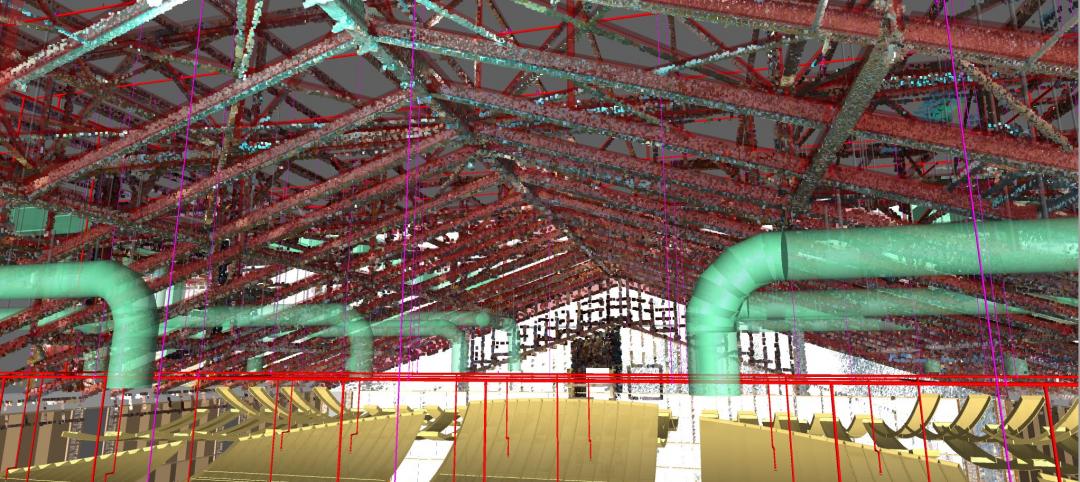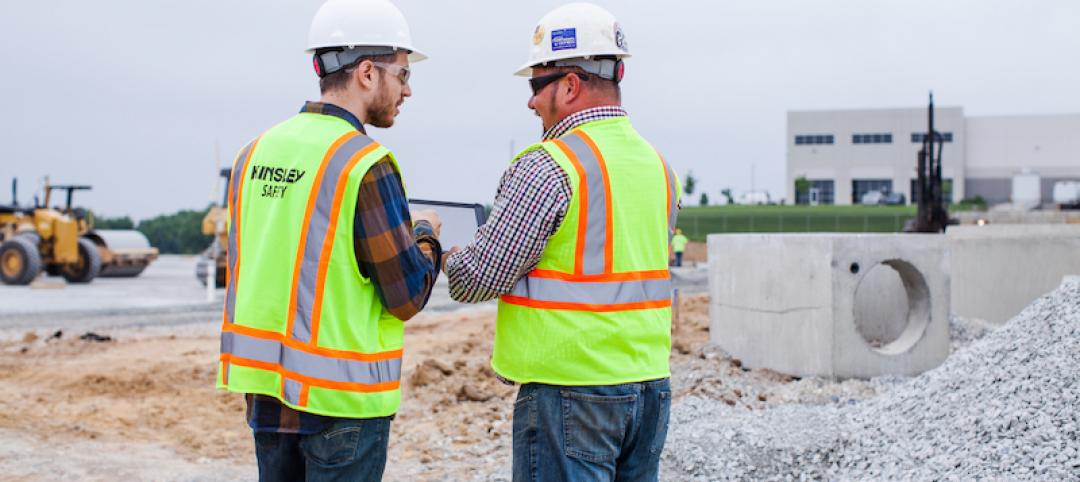Technology is changing how construction projects are delivered. From utilizing virtual reality to create immersive owner experiences, to capturing and tracking real-time data, technology plays a vital role in delivering consistently successful projects.
With what seems like endless options, knowing the technology owners need and what construction teams should be utilizing can be an overwhelming decision. While there are a lot of new and exciting technologies hitting the market and becoming the next “buzzwords,” there are three core construction technologies that you should be looking to implement on your next project.
— Cloud-Based Document Management Programs
These programs act as a hub that contains all current project information. Being cloud-based allows all team members to access project data from anywhere, share files to collaborate, and allow for real time updates. Many of these programs contain ways to track revisions and changes, along with creating project transparency.
— Quality Control Software
Quality control is a concern of every owner, on every construction project. Utilizing technology and software to assist with this process creates a proactive approach to ensuring quality throughout every stage of the project. Contractors can monitor work and send notifications to the project team if an issue or defect is found. The system also can help to hold the project team accountable for their work, and ensure items are not skipped or forgotten. This creates a “rolling punchlist” which ultimately reduces deficiencies and allows for a smooth project closeout with minimal punchlist items.
— Building Information Modeling
Once a new buzz word in its own right, building information modeling (BIM) has become the new standard for project success, from design through construction. BIM workflows and processes have been proven to help every member of the project team – from architects and engineers to contractors and subcontractors. It’s important to implement BIM operations early-on during the design process to improve design, review options and create realistic and accurate visuals. As a project moves into construction, BIM should be utilized for constructability reviews and coordination, with the goal of reducing risks throughout construction. It can also benefit owners in asset management with operations, maintenance information and facility management data to help manage a building’s performance throughout its lifecycle.
Technology will continue to impact and change how we build. In an industry flooded with options, understanding the core technology is critical for your next project and will help architects, the construction team and owners work closely to create successful spaces.
Author Bio
Travis Fischer is the Virtual Design & Construction Manager for Kinsley Construction, Inc. He first joined Kinsley in 2012 with extensive experience in Building Information Modeling (BIM) for construction. He earned his degree in Architectural Technology from Thaddeus Stevens College of Technology and is a member of the Central Pennsylvania Revit Users group, and BIM Curriculum Development Team at Townson University where he is also an adjunct professor.
More from Author
Kinsley Construction, Inc. | Jun 28, 2019
Emotional intelligence is bettering the construction industry
A better understanding of emotional intelligence and how it correlates with the construction industry can get people who are skilled at building with their hands excited about pursuing a career where they can do just that.
Kinsley Construction, Inc. | Apr 19, 2019
Debunking 3 common construction myths
By debunking a few common myths about construction, owners can feel more prepared and excited for their next project.









